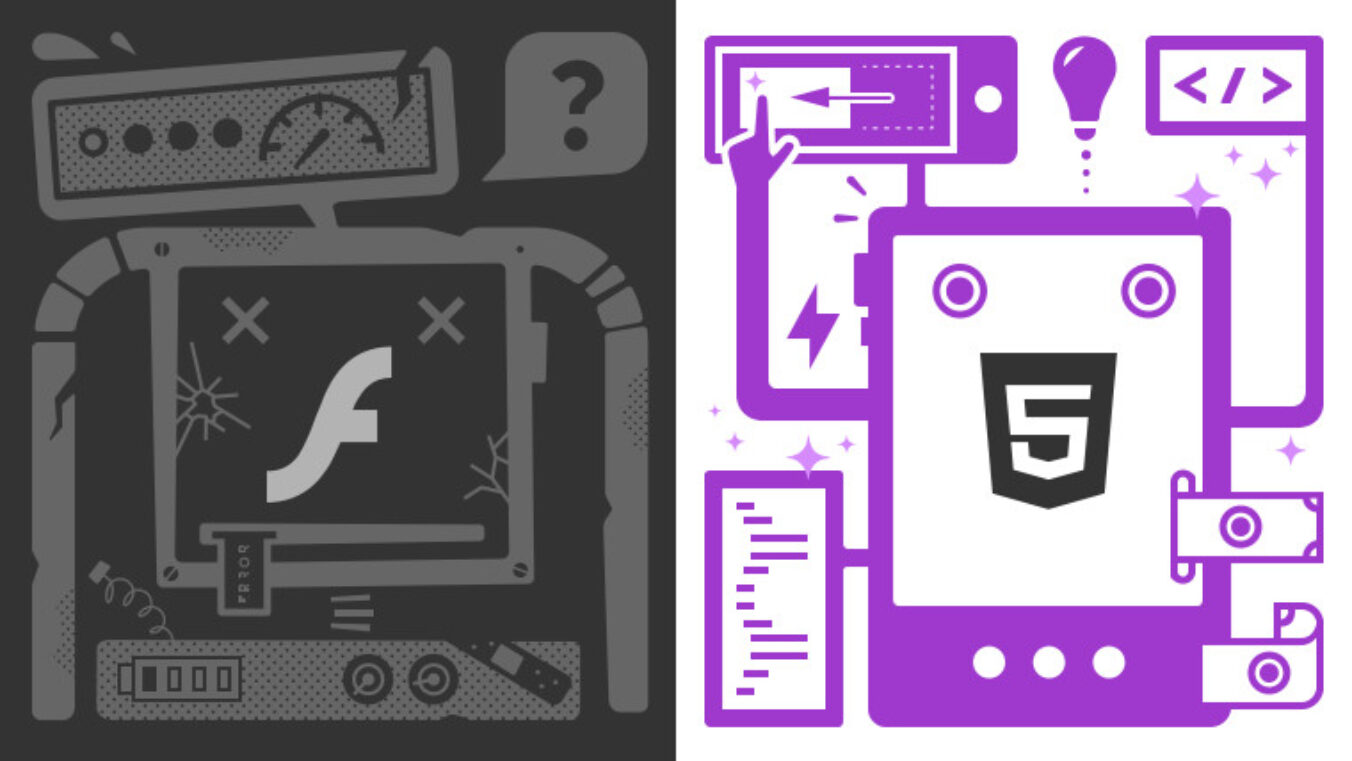Flash has been an incredible ally to designers since the late 1990s when animators embraced the technology to create animated series for cable television and the internet. Over the years, the technology matured to enable creative teams to produce compelling marketing strategies for digital media campaigns. Initially, Flash made it easy to translate traditional TV spots for the digital realm. As the digital landscape changed, Flash evolved to allow a nominal amount of interaction to actively engage consumers on their desktops.
With the rapid growth of the mobile landscape, the technology that advertisers rely on must support the native capabilities of the emerging web and app environments across mobile and desktop. For web in particular, what better technology to build ad experiences, than the technology that is used to build the environments where the ads are displayed?
It’s time for creative to (efficiently) take the front seat
With over 120 different mobile phone manufacturers the mobile landscape is incredibly varied. The variety in screen sizes alone introduces the need for a technology that helps creative production teams make ads that are responsive, adapting to a variety of screen real estate sizes.
How are production teams meant to account for this incredible amount of variety without building multiple versions of creatives? The true advantage of using HTML5, JavaScript and CSS is that instead of requiring specifically sized assets and creatives, your ads can intelligently resize themselves to fit the device(s) they’re appearing on. HTML5 doesn’t have a preference for browser type, operating system, or device. HTML5, JavaScript, and CSS are all open language standards that do not rely on a specialized third-party player to power the technology behind it. This means that the technology works across devices and across screens.
HTML5 – the true creative technology for mobile
Another key advantage of HTML5 over Flash in mobile is that creatives built in this language allow for the native interactions that mobile consumers are used to: tilt, swipe, tap, drag, shake, etc. All of these features are becoming “standard” when brands talk about their mobile ad campaigns because these are the interactions that mobile users expect. Leveraging these mobile device-specific features, the creative minds behind impressive ad campaigns have a much larger, more engaging toolbox to pull from.
HTML5 creatives are also dynamically constructed on the fly. This enables progressive loading, ensuring assets are loaded as and when they are needed. This will speed up the delivery of units and allow for richer, higher-quality creative experiences.
Making HTML5 easy for creative teams
Having animations available as productized components makes it so much easier because designers don’t have to wait for a developer to get involved and write scripts. Using the product to set up their animations also removes the need for designers to learn how to write scripts, so creative minds can focus on maturing their design skills instead of learning how to be junior developers.
Celtra’s AdCreator is very intuitive for those who are already familiar with Adobe’s suite of products. Overall, it takes about two days to learn the ins and outs of the UI, similar to the time it would take to learn any new tool. By the third and fourth days, teams are actively building their first ads, and by day five, they have a responsive Interscroller unit they’re comfortable showing to clients.
Check out AdCreator to learn more about our HTML5 creative technology for building ads.

